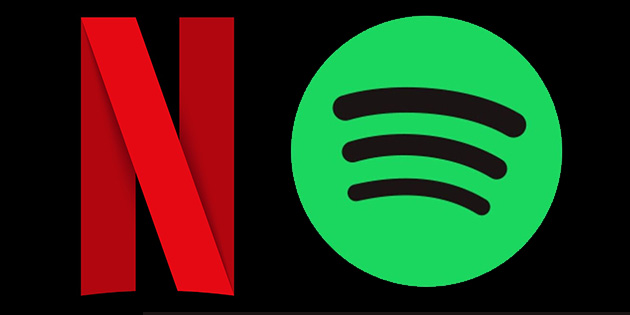
Brands and marketers are increasingly recognising that personalisation is essential to building customer loyalty. Loyalty programs provide a great opportunity to reward and retain their customers, but they do not necessarily create loyalty in its purest form.
For communications to be effective, they need to be relevant. This same principle can be applied to any loyalty program. For a loyalty program to be meaningful to customers, it needs to be contextually relevant. Personalisation is the best way to improve program relevancy and avoid customer disengagement.
Customers expect personalisation
If the popularity of the big streaming services like Netflix and Spotify are anything to go by, people love personalisation. When companies allow members to pick their interests, they can then tailor the service far more personally. These big streaming services have not only nailed personalisation, but they have also raised the bar for what consumers have come to expect.
Customers know their personal data is valuable, they will not give it away for free. But they will respond in kind if a brand can provide meaningful value by tailoring a service or incentives based on said data. Delivery of unique and personalised experiences not only make customers happier and thus fonder of the brand, they also make them more invested.
Customers become more invested
The more time and effort a customer puts into something, the more invested they become. Known as the sunk cost effect in behavioural psychology, humans have a greater tendency to continue something once an investment in money, effort, or time has been made. Research has shown the effect is present in subscription-based loyalty programs whereby members have more favourable attitudes of the program, and more positive evaluations of the benefits, than non-members.
Think for a minute about the subscription services you are subscribed to. You have probably invested a considerable amount of your time and money into these services and will continue doing so until you see no further value in them. They all share the commonality of relying on your past investment (and your genuine interest) to remain a member. The most popular of these programs all have some level of personlisation integrated into them.
Let us use the big streaming services as an example once again. Every time you interact with the service (and offer up more personal information), the more refined (and personalised) the service and messaging becomes. In the instance of Netflix, the more movies and shows you watch, and add to your list, the better the algorithm becomes at recommending you new stuff to watch. This creates a positive feedback loop which keeps you committed and returning to the service. The same can be said for Spotify and music, with the addition of investing your own time into creating playlists.
The personalisation offered helps to improve customer stickiness, as it provides an avenue for customers to become more invested in a product or service.
Customers engage with relevancy
Personalisation provides the means to relevancy. It is one of the foundations of engagement and retention because people value messaging that speaks to them as an individual. Absence of personalisation leads to valueless noise. It also leads to customers searching for value elsewhere.
For loyalty programs, relevancy is important in two regards: the communications and messaging of the program must be concise and relevant to the customer, and the rewards and incentives of the program must be contextually relevant to the customer, as well as the program itself. A personalised approach to marketing efforts and reward design should be the standard approach for any company focused on building loyalty.
If a brand finds customers disengaging with their loyalty program, there is probably some fundamental issues with design and reward relevancy. Customers do not engage (or feel loyal) purely based on incentives. Customers engage based off the brand’s relevance to their own individual needs and social identity.
Closing thoughts
Personalisation allows brands to tap into customer desires and deliver more meaningful value.
The more companies can serve their customers things they want, the more they are likely to engage. This positive feedback loop can lead to small shifts in customer behaviour, which in turn can cause a greater share of wallet spend.
Remember, loyalty programs are not supposed to change people’s lives; rather, they provide a reason to prefer the brand running the program (and encourage loyal members).
–
Scott Harrison is the Marketing Manager of Loyalty & Reward Co, Australia’s leading loyalty consulting agency. He has worked in several marketing roles across various industries including eHealth, property, and financial services. As Marketing Manager, Scott applies his skills across all aspects of the business, including loyalty program design, member engagement, and loyalty strategy development.
Let’s connect: https://www.linkedin.com/in/scott-harrison-29530615a
